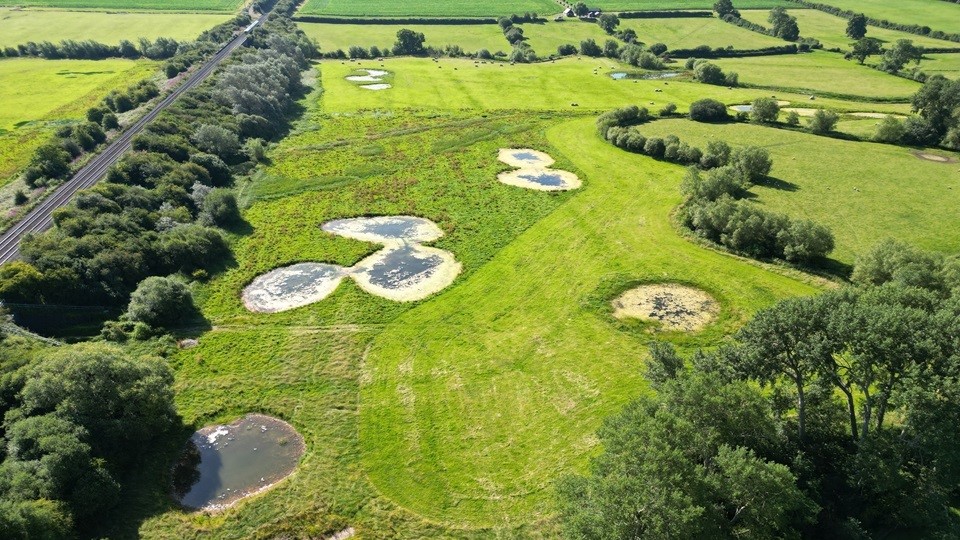Chearsley Wetland recently marked its two-year anniversary, which has seen the site transformed into a shining example of how farming and wildlife can work in harmony to restore landscapes.
As well as a backwater – a large pond connected to the river, where young fish can safely grow to maturity – the project created a variety of shapes and sizes of pools and scrapes (dips in the ground that can fill with water). All these features encourage species of plants, insects and animals that thrive in wetland habitats.
Kay Lidgard, a catchment coordinator at the Environment Agency, said:
“While the Environment Agency supports many partnership projects improving local water environments, Chearsley Wetland is a particularly inspiring example – and the success of the project is evident in the wide range of species recorded at the site since its transformation.”
Landowner Rose Dale said:
“While it is still early days for the wetland, it has got off to a promising start. We’ve had visits from herons, ducks, geese, gulls and egrets – including the still-rare great egret.
“I have also heard a willow warbler, blackcaps and chiffchaffs in the surrounding trees and bushes.”
An increase in plant and insect diversity has seen swathes of dropwort (a grassland plant with small white flowers) appearing across the meadow this summer, and many different types of dragonfly and damselfly. Rose has hosted visits from schools, with children delighted to see the ‘fighter pilot’ dragonflies slicing through the air – and a grass snake has been spotted swimming in one of the ditches.
Rose, a committed organic farmer, added:
“The site will be used for haymaking and grazing. Thus, food production can continue and the livestock will increase the biodiversity. It is already beginning to feel wonderfully wild.”
Mike Storey, a RTCT volunteer who monitors water quality in the Chearsley Brook and photographs the wetland each month, said:
“Seeing the wetland site develop so quickly has been really encouraging. I enjoy seeing the ever-present red kites, and plenty of geese and roosting gulls using the pools. There are often little egrets and hopefully some of the overwintering lapwings will find it suitable for nesting in the future.
“Roe deer and muntjac are also around and I have come across otter spraint beside the Chearsley Brook which forms one boundary of the wetland.”
Hilary Phillips, RTCT’s senior project officer, said:
“Seeing how quickly the land has recovered from the initial groundworks to create the 15 new ponds and backwater, and the speed at which flora and fauna has started to colonise new habitats, it gives me hope that we can help to restore nature across our depleted landscapes.
“With willing farmers and the right resources, we can deliver change at a scale which is greater than the sum of its parts.”



